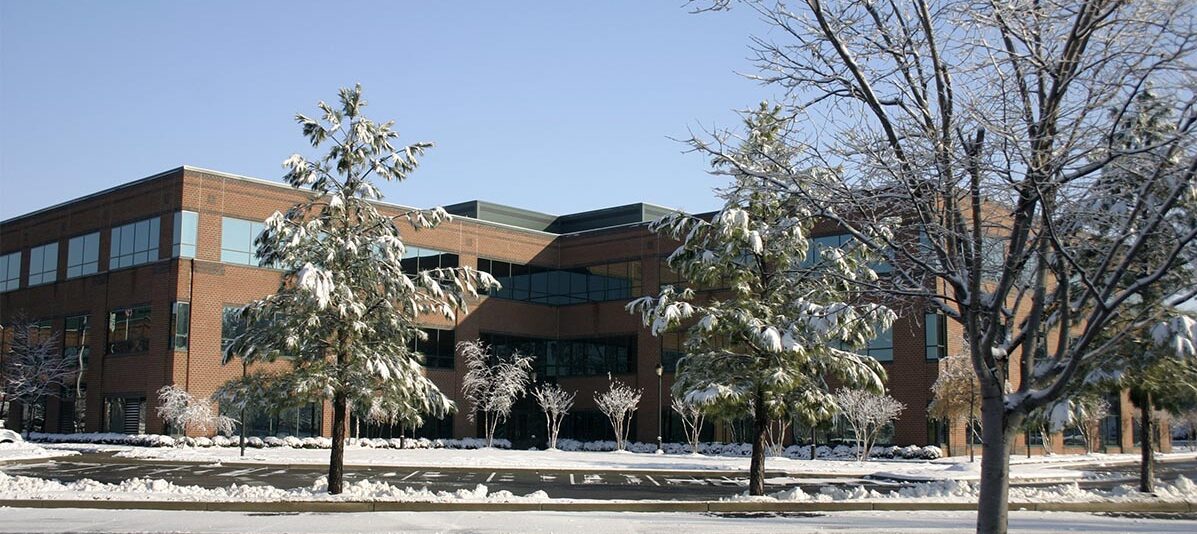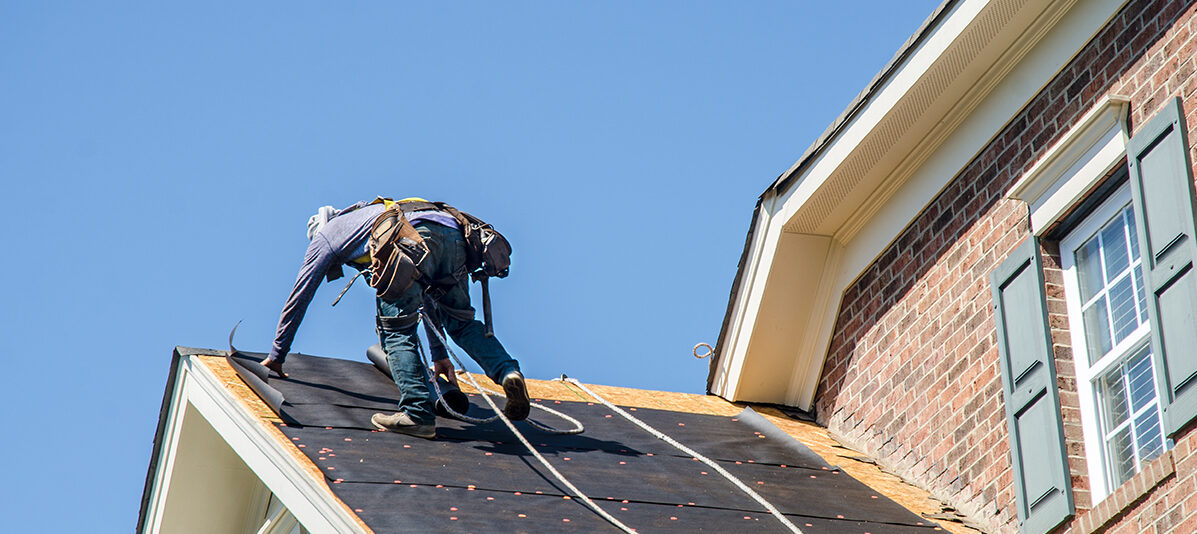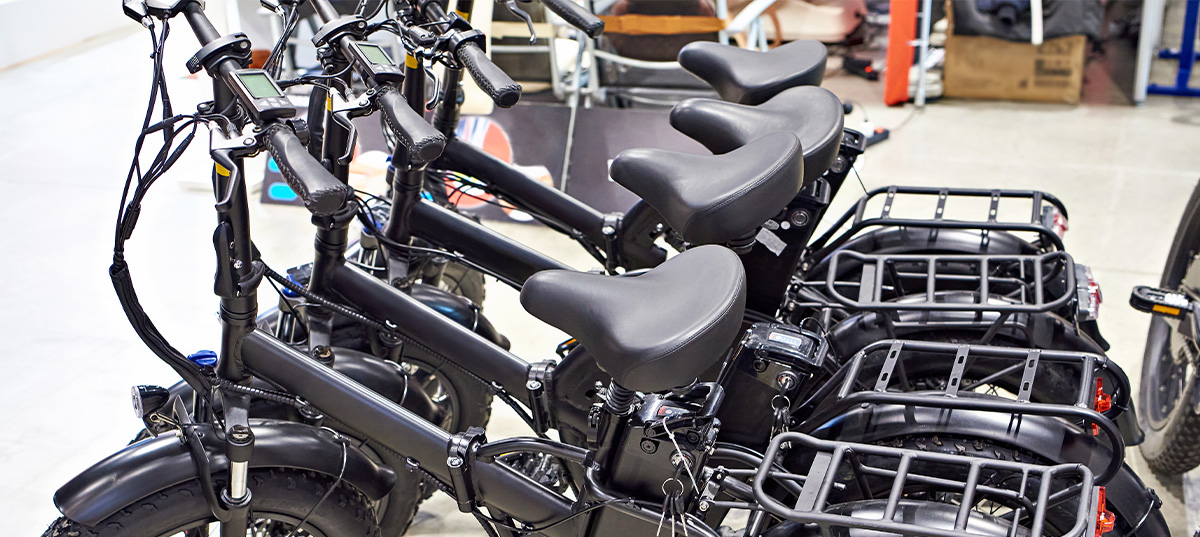When job sites are shut down for various reasons, commercial buildings and construction sites can remain inactive for an extended period, making it necessary to maintain vacant commercial properties. As the inactivity could lead to property and/or liability damages usually linked to empty properties.
In these situations, it is important to be aware of maintenance schedules associated with building systems, including, but not limited to: fire protection equipment service and maintenance; roofing repairs; HVAC maintenance; refrigeration systems, etc. Keeping track of when the scheduled maintenance is required for these services is considered a proactive approach to avoiding unwanted property damages. On a positive note, the weather is starting to change to warmer temperatures. This will alleviate the concern for frozen water pipes in buildings, which could result in significant water damage to the building and property.
Monitoring of Property
- Ensure all fire protection equipment continues to be maintained in working condition. Water flow switches attached to the sprinkler system should be monitored off-premises in order to alert the proper authorities for quicker response to prevent fire/water damages.
- Monitored security alarm systems should continue to be operational, as these facilities could become targets of theft during prolonged vacancy.
- Refrigeration systems should be checked on a daily basis to prevent stock spoilage, where applicable.
- Frequent visits (preferably daily, but a few times a week would be adequate) to the property should be conducted to ensure combustible debris does not accumulate on the exterior. The accumulation of garbage and/or combustible items on the exterior could show that the building is not being maintained and be an attractive theft target for unwanted visitors.
- Continue to keep the exterior illuminated to include entrances and any exterior stock accumulation.
Manufacturers
- Identify a return-to-work process that highlights critical staff, subcontractors and suppliers that may have limited capacity following a prolonged shutdown.
- If possible, continue to keep in contact with key customers to identify their needs following operations being resumed.
- If the operations have been shut down for an extended period, ensure the plant manager reviews the equipment manufacturers’ suggested recommendations prior to starting up machinery.
- Review the business continuity plan to identify lessons learned from the recent shut down.
In these exceptional circumstances, the situation we’re faced with may change rapidly on a day-to-day basis. Being prepared with a detailed contingency plan in the event you don’t have access to your property for an extended period of time will help you get back to regular business as quickly and safely as possible.



